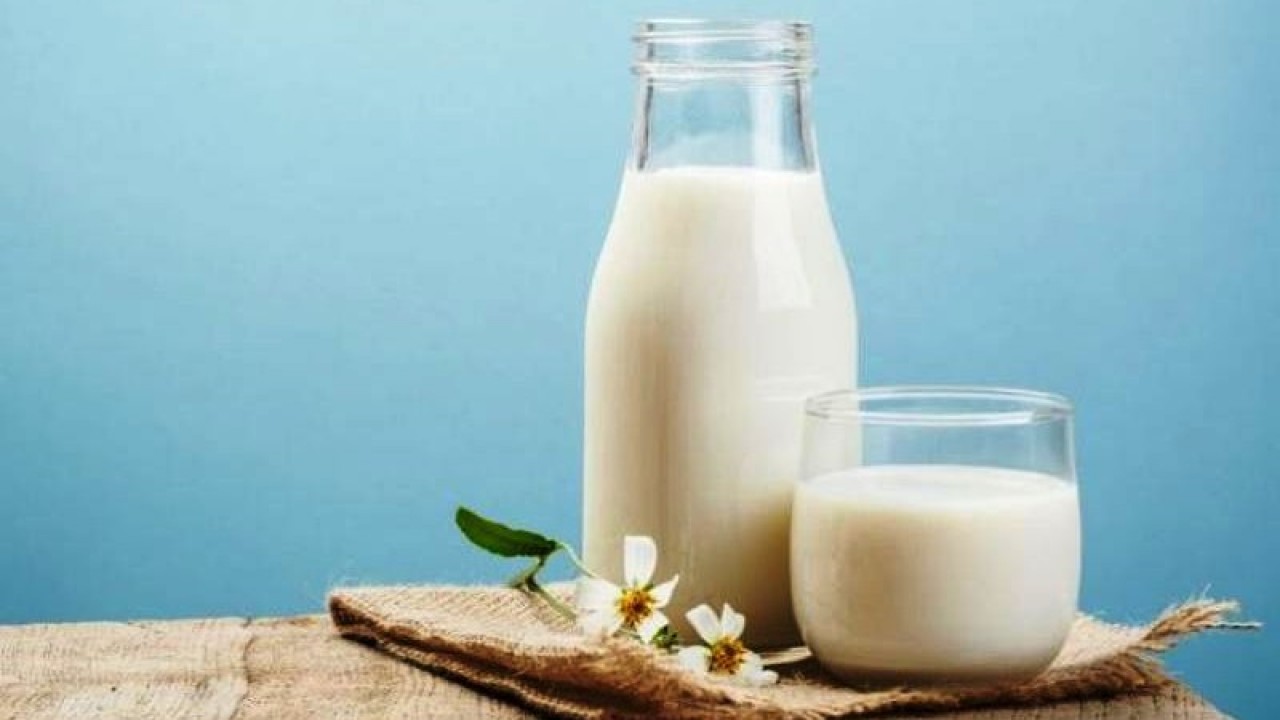
Milk has been a part of universal diet since the beginning of time. We’ve only recently explored to full benefits of it and the various forms in which it can be consumed. If you are one that enjoys raw milk, here are some interesting facts for you to consider.
Nutritional Value of Raw Milk
Raw milk contains nutrients that can help improve your overall health. The table below provides a good overview of the nutritional profile of 240 ml of raw milk
| Nutrition | Quantity |
| Calories | 160 |
| Total Fat | 9 g |
| Total Carbohydrates | 12 g |
| Protein | 9 g |
| Dietary Fibre | 0 g |
| Sugars | 12 g |
| Sodium | 120 mg |
How is Raw Milk Beneficial for You?
Here’s why raw milk can be a good choice for you:
1. Helps Control Blood Pressure
Raw milk is rich in proteins which can increase the absorption of minerals as well as maintain a normal blood pressure. The Vitamin D and calcium that raw milk provides are also known to be good agents to control and lower high blood pressure.
2. Raw Milk is Rich in Beneficial Bacteria
Good bacteria can be found in plenty in raw milk which are important for your health, especially your gut. They also help your immune system to function well. You can get an optimal level of good bacteria in your gut by consuming cultured or dairy products and naturally fermented food items. Since pasteurized and homogenized milk does not retain any of these good bacteria, you will have to turn to raw milk to obtain them.
3. Lighten Tans and Skin Tone
Topical application of raw milk is believed to lighten tans and reduce skin darkening caused by pigmentation. Raw milk has a high lactic acid content which is known for its skin lightening properties and ability to clear dead cells from the skin surface.
4. Rich in Vitamins
Raw milk still has plenty of natural fat-soluble vitamins like Vitamin A, K and E. It also contains Vitamins C and B complex which are water soluble. Most of these vitamins are delicate and get destroyed during the processing of pasteurization.
5. Doesn’t Contain Added Sugar or Synthetic Ingredients
Homogenization breaks down the fat in the milk into small particles, which when subjected to heat turn rancid and oxidized. In order to cover up the texture loss, thickening agents are added to milk. These have been linked to many inflammatory diseases, including cancer. Raw milk is in its natural state, and needs no additions.
6. Exfoliating Bath
Milk has been long hauled as a beauty agent and there are many raw milk benefits for skin. The lactic acid in the milk is known to breakdown your dead cells and dissolves proteins that are inactive. This, in turn, exfoliates your skin. Moreover, raw milk can also effectively soothe your skin and protect it against eczema and other inflammatory skin conditions. The protein and the fat in the milk can moisturize the skin and reduce skin dryness and soften rough skin.
7. Fights Acne
With plenty of Vitamin A, raw milk can be a great way to reduce your skin woes. Raw milk for face can do wonders. Apart from reducing skin dryness, it can also prevent acne. If you’re one with acne prone skin, you can count on it to clear your skin off excess oils and dirt and keep it away from acne. The lactic acid in the milk goes one step further and fights away the microbes that are responsible for clogging your pores and causing acne.
8. Helps Maintain Healthy Bones and Teeth
The first thing everyone learns is that milk is a great source of calcium. Raw milk especially has calcium in abundance in comparison to pasteurized milk. Calcium is the key to having healthy teeth and bones and your body can absorb calcium from raw milk easily.
9. Raw Milk has a Good Amount of Food Enzymes
Raw milk is rich in food enzymes like lipase, lactase, phosphatase and more. These enzymes help your body digest and metabolize the milk faster and also absorb the nutrients. The enzymes lactase and amylase can digest the sugar in the milk. Lactase enzyme is the reason why some lactose intolerant people can digest raw milk better.
10. Rich in CLA (Conjugated Linoleic Acid)
Raw milk from organic, grass-fed cows has plenty of CLA which is known to have plenty of positive benefits. It can fight cancer cells, especially in patients with breast, bone and intestinal cancer. CLA can also control adipose obesity and hypertension in patients.
Are There Any Side Effects of Drinking Raw Milk?
Many people seem to disagree on the benefits of raw milk, with some believing that the benefits outweigh the risks. But the question, ‘can raw milk make me sick?’ has been floating around for a long time. While the risk of raw milk contaminating you is very low, it can sometimes contain germs like Listeria, E.coli, Salmonella, etc., which can cause many health problems. However, if raw milk is sourced from the right place, these risks are almost non-existent.
Raw milk obtained from cows that graze on organic pastures can be safely consumed without any worries. Just ensure that you know where the milk comes from to eliminate any possibility of risks.
FAQs
1. How Long Does Raw Milk Last?
At temperatures between 36-38° F or 2.2-3°C freshly sourced raw milk can last for up to 7 to 10 days. At higher temperatures, the shelf life reduces as the lactobacilli in the milk begin creating lactic acid which in turn curdles the milk. However, since this conversion is natural, the resulting yoghurt can be safely used for consumption. This isn’t the same with pasteurized milk. Since the milk has already been subjected to high temperatures, when pasteurized milk turns sour, it is usually not fit for consumption.
2. Can I Freeze Raw Milk to Prolong it’s Lifespan?
Yes, it’s completely safe to place raw milk in the freezer to prolong its shelf life. Frozen milk can last for about a month. Deep freezing it may keep it fresh longer, but this varies based on the temperature settings and frost-free features of your freezer. Although there is no consensus on this, some believe that freezing milk for longer can destroy the good bacteria in it.
3. Is Raw Milk Better than Pasteurized Milk?
The benefits of raw milk vs. pasteurized milk have been the subject of debate for a very long time, with people pointing out the pros and cons of both. While milk in general can provide a similar kind of nutrition, there are certain differences in raw and pasteurized milk.
The argument for pasteurized milk is that, it destroys harmful bacteria and germs in the milk and makes it fit for consumption, thus eliminating the risk of causing any serious diseases. However, there is a caveat. During homogenization of milk, which is the heating of milk at high temperatures, the good bacteria in the milk are destroyed, which lowers the benefits of milk significantly. Also, it is likely that pasteurized milk has artificial components like thickeners add to them, which can be the cause of cancer and other diseases.
The raw milk supporters argue that the good bacteria in the milk are essential for human beings. As explained above, it also has a host of benefits that aren’t available from pasteurized milk. So, as long as the raw milk is safely sourced, the benefits of raw milk may outweigh the benefits of pasteurized milk. But the topic is still under contention by many.
With large segments of people opting to choose natural and healthy substitutes, it is easy to see why raw milk has entered the spotlight. But the choice of raw or pasteurized milk is a personal one and the choice needs to be made taking into consideration all the positives and negatives. If you reside in an area where you are unsure about obtaining good quality and safely sourced raw milk, it is best not to risk it. The important thing is to make an informed choice for the health of your family.

 Healthy habits help people sidestep clogged leg arteries
Healthy habits help people sidestep clogged leg arteries



